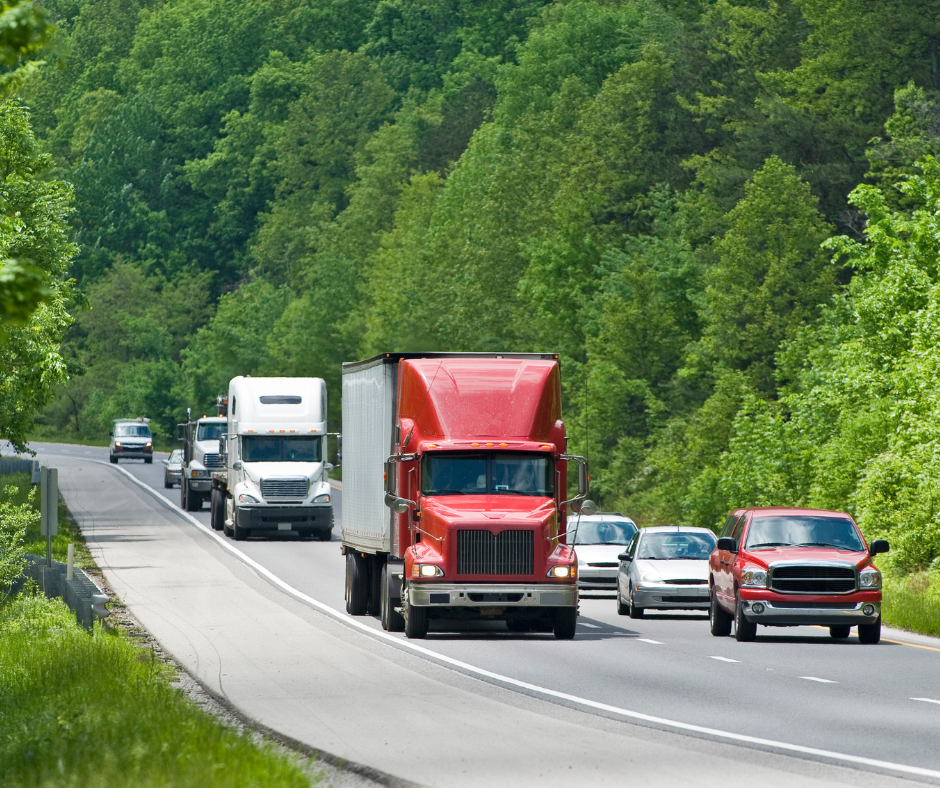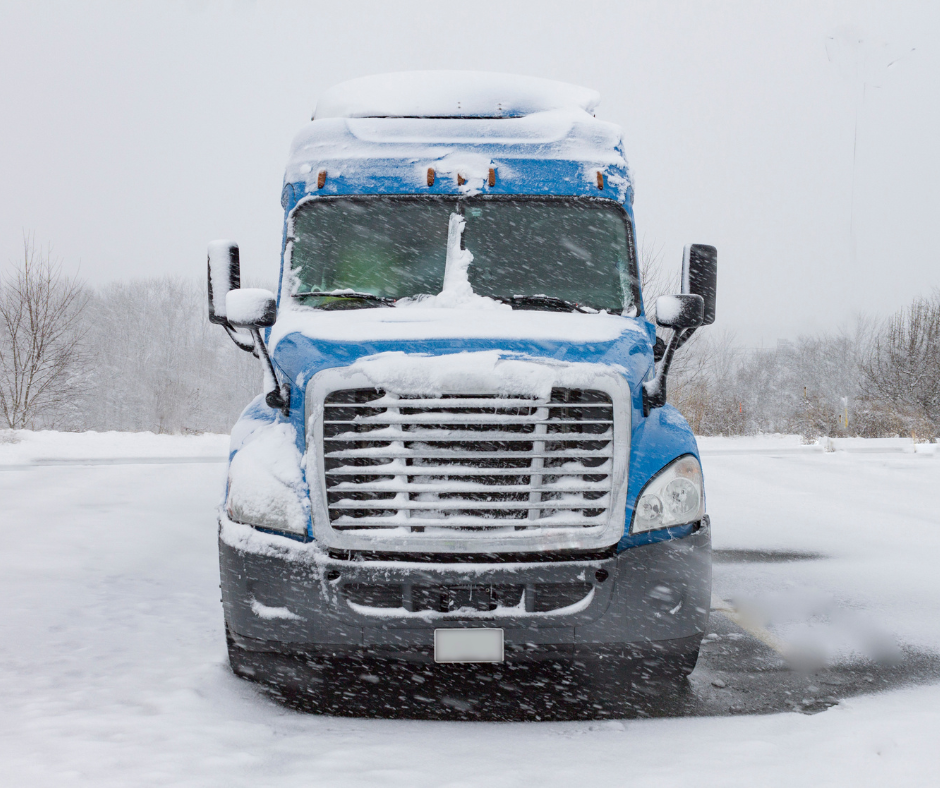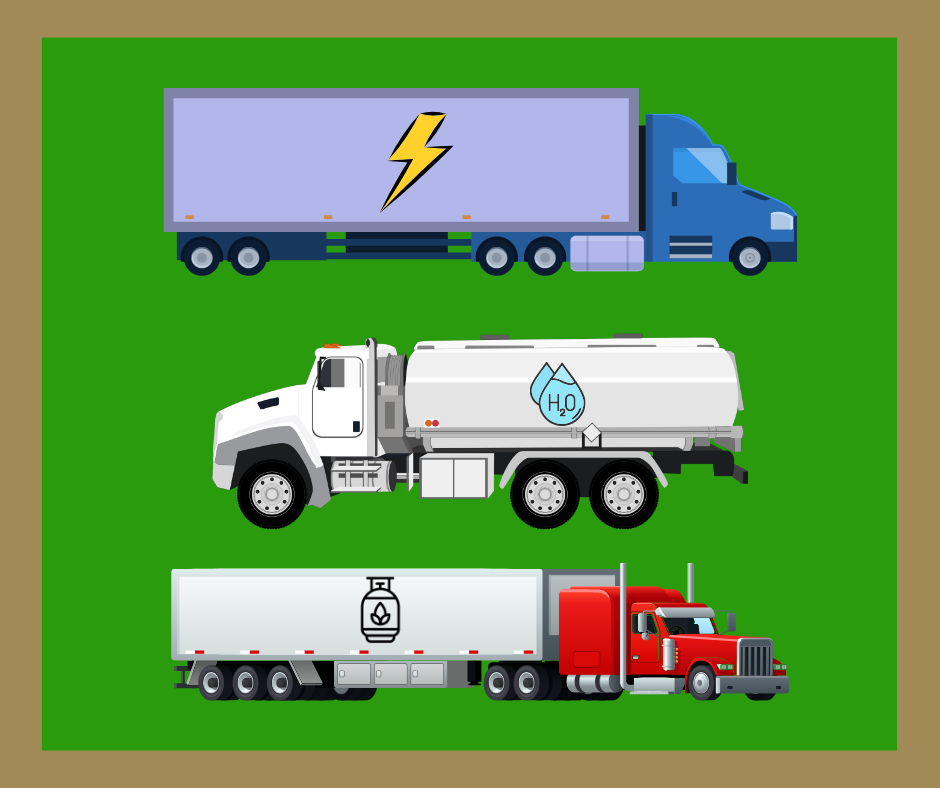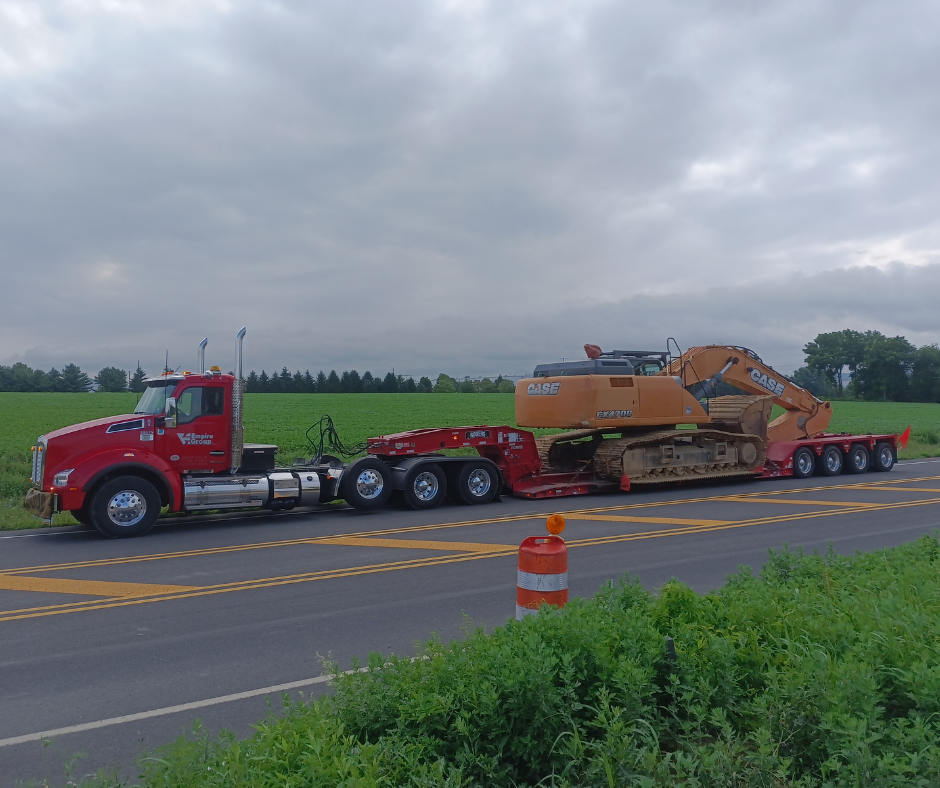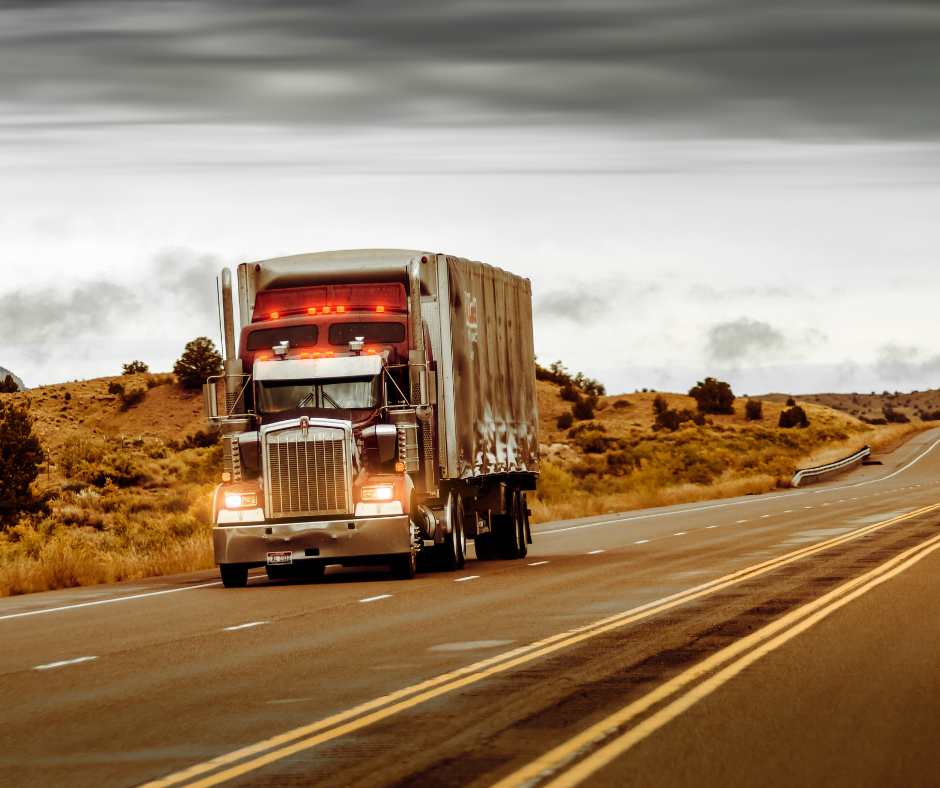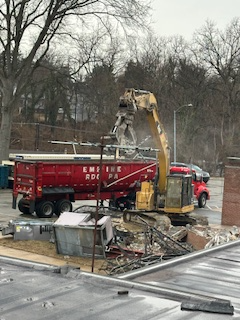Flood Waters and Truck Driving: Know the Risks Before You Roll
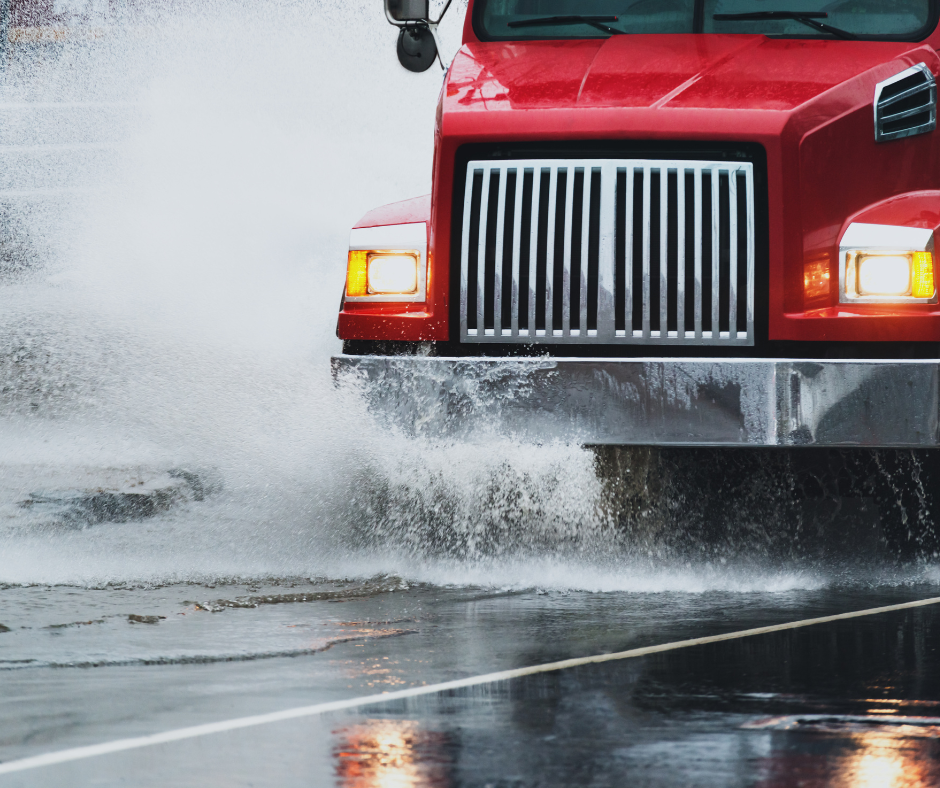
When severe weather strikes, one of the most underestimated hazards on the road is flood water, and for truck drivers, the danger can be even greater. Whether you're behind the wheel of a tri-axle dump truck, a flatbed, or a semi, driving through flood-affected areas poses serious safety risks that can lead to costly damage, delays, or worse—life-threatening situations.
"Turn Around, Don't Drown" Isn’t Just a Slogan—It’s a Lifesaving Rule
According to the National Weather Service, flooding is the second-deadliest weather hazard in the U.S. Many drivers assume that large trucks are heavy and powerful enough to push through rising water. But the reality is that just six inches of fast-moving water can knock over an adult. Twelve inches of rushing water can carry away cars. And two feet of water can carry away SUVs and trucks, including heavy-duty trucks.
Flood waters often hide hazards like debris, sink holes, washed-out roadways, or downed power lines—none of which are visible from behind the wheel. Even if the water looks shallow, it may be deeper than it appears or moving faster than expected.
Risks Specific to Truck Drivers
- Vehicle Damage: Flood waters can severely damage your engine, transmission, brakes, and electrical systems.
- Loss of Cargo or Load Shift: Water entering your trailer bed or dump body can compromise your load, causing unexpected shifting or damage.
- Hydroplaning or Jackknifing: Larger trucks are especially vulnerable to losing control when tires can't grip the road.
- Driver Safety: Above all else, your safety is at stake. No load is worth risking your life.
What to Do If You Encounter Flooded Roads
If you encounter a flooded road, do not attempt to drive through it. If you're unsure about the depth (a half-inch deep or more), turn around. The water is usually shallower in the center of the road, so try to drive in the middle of it.
If you are not familiar with the area, use your GPS or DOT updates to reroute around the flooded area. You should also report the dangerous conditions to your dispatch and/or emergency services so others can avoid the same risk. And no matter the weather, you should always keep emergency supplies in your cab, including a flashlight, blanket, gloves, first aid kit, water, a snack, and a battery-powered radio.
Prepared Drivers Are Safe Drivers
At DVC and across our affiliates at Empire Group, we prioritize driver training, safety, and preparedness—especially during storm season. We encourage our drivers and partners to always respect the power of nature and stay alert when the weather turns. And remember, when in doubt, don’t drive through it.
